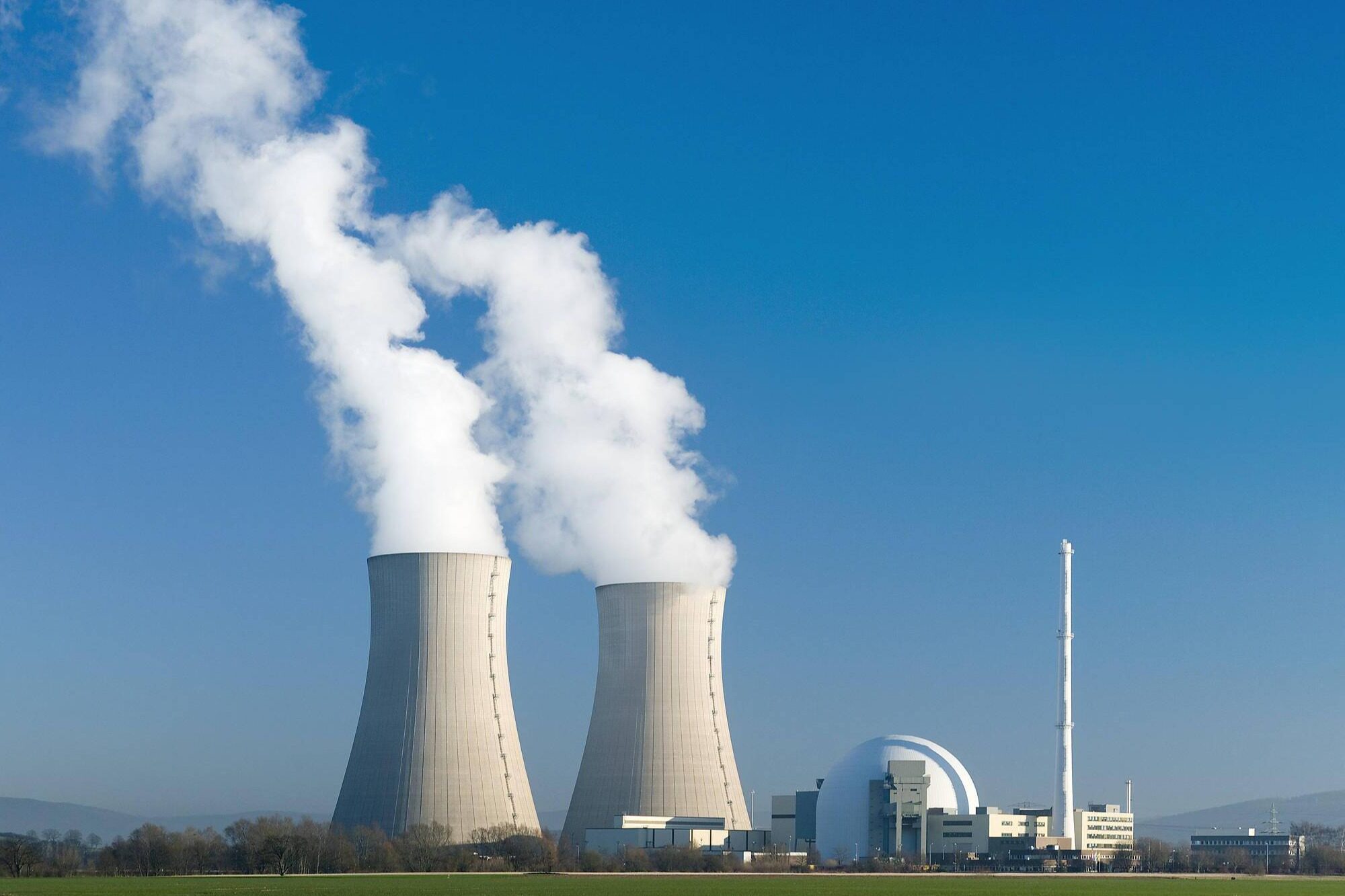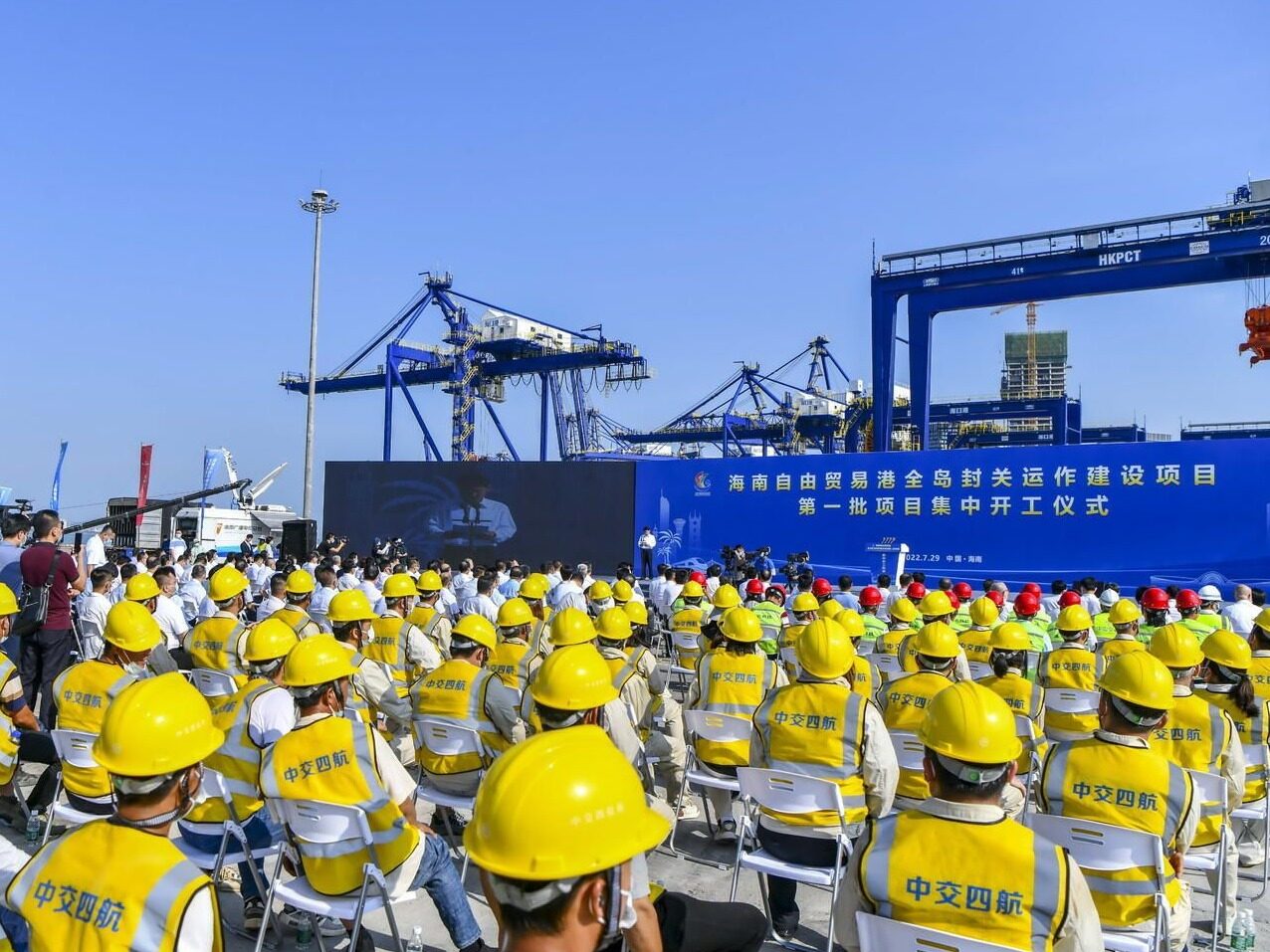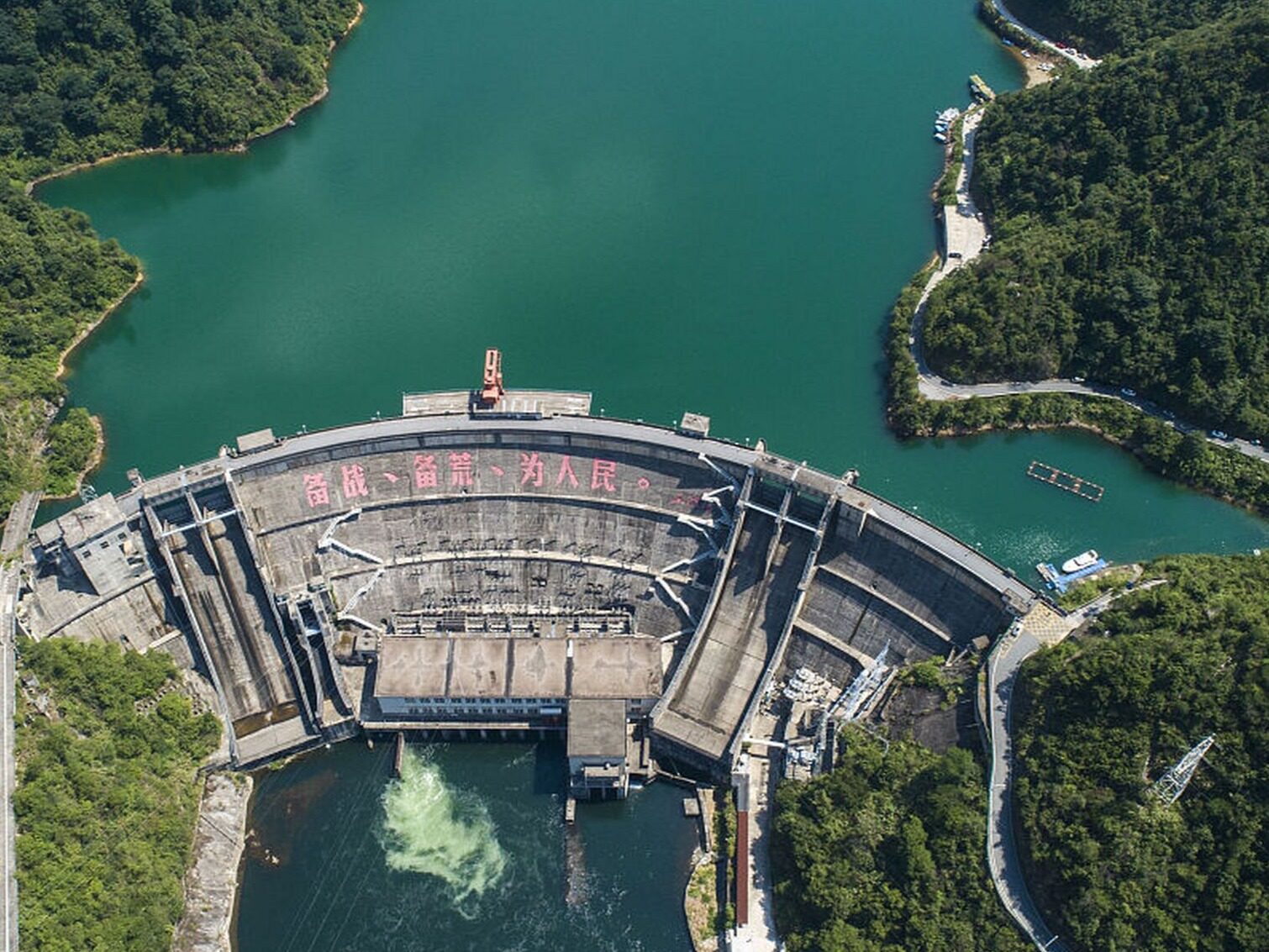- The dual-carbon target puts forward new requirements for the transformation and development of energy and other industries

The goal of carbon peaking and carbon neutrality is a long-term strategy for China’s economic and social development. From a national perspective, achieving the “dual carbon” goal is a systematic project that requires the cooperation of various industries to jointly create a good low-carbon ecology, but At the same time, the "dual carbon" target will be broken down into specific indicators for industries or regions, to be achieved through the joint efforts of various industries and regions. On October 26, the State Council issued the Action Plan for Carbon Peaking by 2030 (hereinafter referred to as the "Plan"), focusing on the carbon peaking target by 2030, and making overall arrangements for promoting carbon peaking.
The "Plan" stated that carbon peaking and carbon neutrality should be incorporated into the overall economic and social development, and adhere to the general policy of "national coordination, saving priority, two-wheel drive, smooth internal and external flow, and risk prevention" to effectively and effectively achieve carbon peaks. Work, clarify the goals and tasks of various regions, fields, and industries, accelerate the realization of green changes in production and lifestyle, promote economic and social development based on efficient use of resources and green and low-carbon development, and ensure that carbon peaks before 2030 are achieved on schedule Target.
The "Plan" is divided into six parts: main goals, key tasks, international cooperation, policy guarantees, and organization and implementation. “Key Tasks” are the most important part. It consists of nine aspects including energy green and low-carbon transformation action, energy saving and carbon reduction and efficiency enhancement action, industrial carbon peaking action, urban and rural construction carbon peaking action, and transportation green and low-carbon action. Specific tasks.
Among them, the "Plan" mentioned some key data that is particularly worthy of attention, and Jiandao News sorted it out.
20% and 25%
The "Plan" puts forward that the main goals are: by 2025, the proportion of non-fossil energy consumption will reach about 20%, energy consumption per unit of GDP will be reduced by 13.5% compared with 2020, and carbon dioxide emissions per unit of GDP will be reduced by 18% compared with 2020. , To lay a solid foundation for achieving carbon peaks.
By 2030, the proportion of non-fossil energy consumption will reach about 25%, and carbon dioxide emissions per unit of GDP will be reduced by more than 65% compared with 2005, and the goal of peaking carbon before 2030 will be successfully achieved.
Two 50%
In the "Energy Green and Low-Carbon Transition Action" in the "Key Tasks" section, the "Plan" stated that it is necessary to promote coal consumption substitution and transformation and upgrading. Among them, it is mentioned that the pace of coal reduction should be accelerated, the growth of coal consumption should be strictly and rationally controlled during the "14th Five-Year Plan" period, and the reduction during the "15th Five-Year Plan" period should be gradually reduced. Strictly control the scale of cross-regional renewable energy power supporting coal power, and the proportion of renewable energy power in newly built channels shall not be less than 50% in principle. Promote the reduction of coal and coal restrictions in key coal-using industries, and gradually reduce them until the banning of loose coal burning, etc.
In terms of accelerating the optimization of building energy structure, the "Plan" stated that it will deepen the application of renewable energy in buildings and promote the integrated application of photovoltaic power generation and buildings. Improve the electrification level of the building terminal, and build a "optical storage, direct and flexible" building integrating photovoltaic power generation, energy storage, DC power distribution, and flexible power use. By 2025, the replacement rate of renewable energy in urban buildings will reach 8%, and the roof photovoltaic coverage rate of new public institutions and new factory buildings will reach 50%.
1.2 billion kilowatts
The "Plan" clearly proposes to vigorously develop new energy. Comprehensively promote the large-scale development and high-quality development of wind power and solar power, and further improve the guarantee mechanism for the consumption of renewable energy power. By 2030, the total installed capacity of wind power and solar power will reach over 1.2 billion kilowatts.
40 million kilowatts
The "Plan" proposes to develop hydropower in accordance with local conditions. During the "14th Five-Year Plan" and "15th Five-Year Plan" period, the newly added hydropower installed capacity was about 40 million kilowatts, and a renewable energy system based on hydropower was basically established in the southwest.
30 million kilowatts and 120 million kilowatts
The "Plan" proposes to speed up the construction of a new power system. Actively develop "new energy + energy storage", source-network-load-storage integration and multi-energy complementarity, and support the rational allocation of energy storage systems for distributed new energy sources. By 2025, the installed capacity of new energy storage will reach more than 30 million kilowatts. By 2030, the installed capacity of pumped storage power plants will reach about 120 million kilowatts, and the provincial power grid will basically have a peak load response capability of more than 5%.
Within 1 billion tons
In terms of promoting the peak of carbon in the petrochemical and chemical industry, the "Plan" proposes to optimize the scale and layout of production capacity, increase the elimination of backward production capacity, and effectively resolve the contradiction of structural surplus. Strict access to projects, rationally arrange construction schedules, strictly control new oil refining and traditional coal chemical production capacity, and develop modern coal chemical industries in a steady and orderly manner. By 2025, the domestic crude oil processing capacity will be controlled within 1 billion tons, and the capacity utilization rate of major products will increase to more than 80%.
40%
In promoting the low-carbon transformation of transportation equipment, the "Plan" stated that it will actively expand the application of new energy and clean energy such as electric power, hydrogen energy, natural gas, and advanced bio-liquid fuels in the transportation field. Vigorously promote new energy vehicles and gradually reduce the proportion of traditional fuel vehicles in the production and sales of new vehicles and vehicle ownership.
By 2030, the proportion of new energy and clean energy-powered vehicles will reach about 40% that year, and the carbon emission intensity of operating vehicles will be reduced by about 9.5% compared to 2020. The national railway unit's comprehensive energy consumption ratio Decrease by 10% in 2020. Oil consumption by land transportation strives to reach its peak by 2030.
4 billion tons and 4.5 billion tons
Regarding the circular economy to help carbon reduction actions, the "Plan" proposes to strengthen the comprehensive utilization of bulk solid waste. Improve the comprehensive development and utilization level and utilization of mineral resources, focusing on bulk solid waste such as coal gangue, fly ash, tailings, co-associated mines, smelting slag, industrial by-product gypsum, construction waste, crop straws, etc., and support large-scale mixing High-volume, large-scale, and high-value utilization are encouraged to be used to replace primary non-metallic minerals, sand and gravel and other resources. By 2025, the annual utilization of bulk solid waste will reach about 4 billion tons; by 2030, the annual utilization will reach about 4.5 billion tons.
450 million tons and 510 million tons
The "Plan" also proposes to improve the resource recycling system, improve the recycling network of waste materials, and implement the "Internet +" recycling model to realize the collection of renewable resources. By 2025, the recycling of 9 major renewable resources including scrap iron and steel, scrap copper, scrap aluminum, scrap lead, scrap zinc, waste paper, waste plastics, waste rubber, and waste glass will reach 450 million tons, and reach 510 million by 2030 Ton.
60% and 65%
The "Plan" proposes to vigorously promote the reduction of domestic waste into resources. By 2025, the municipal solid waste classification system will be basically sound, and the resource utilization ratio of solid waste will increase to about 60%. By 2030, complete coverage of the classification of urban domestic waste will be achieved, and the proportion of domestic waste resource utilization will increase to 65%.
19 billion cubic meters
The "Plan" calls for improving the carbon sink capacity of the ecosystem. Implement major ecological protection and restoration projects. Deepen the large-scale greening of the country, consolidate the results of returning farmland to forests and grasslands, and expand the total amount of forest and grass resources. By 2030, the national forest coverage rate will reach about 25%, and the forest stock will reach 19 billion cubic meters. Editor/Xu Shengpeng
Comment
 Praise
Praise
 Collect
Collect
 Comment
Comment
 Search
Search














Write something~